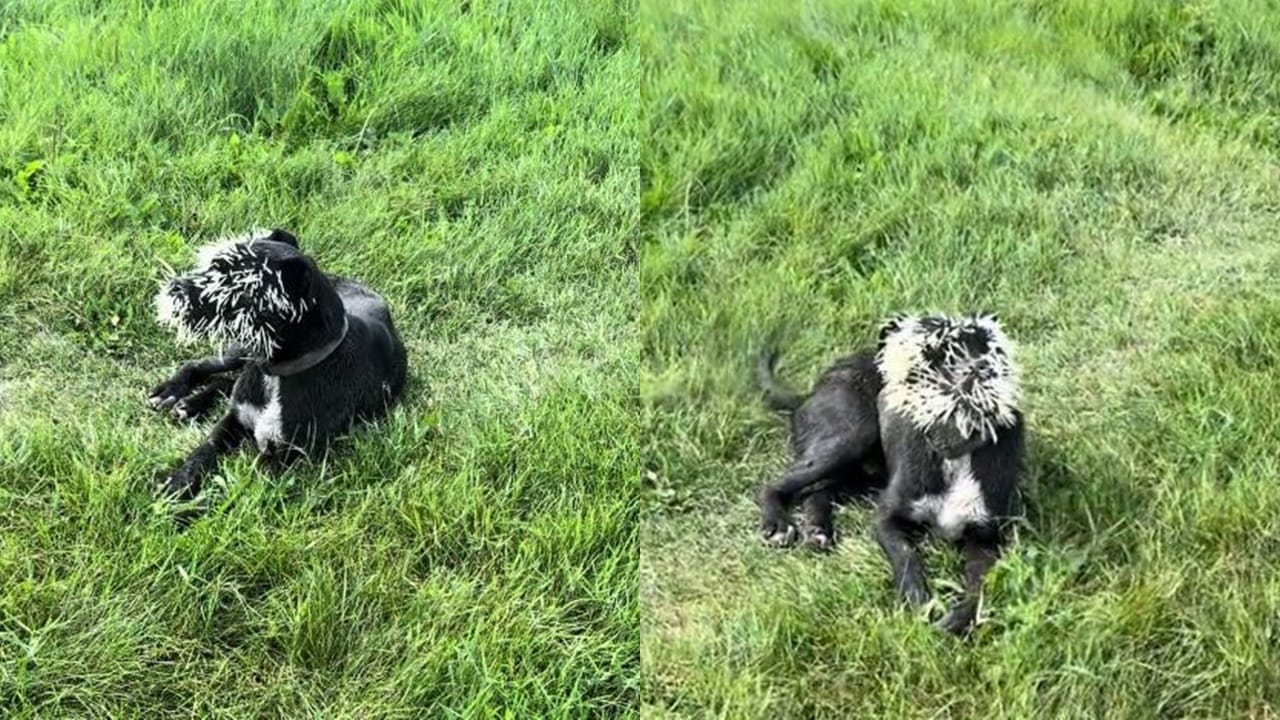In a rare and unfortunate event, a polar bear made its way to the remote shores of Iceland, only to be shot by police after being deemed a threat to local residents. This incident, which took place in a small village in the Westfjords, has sparked discussions on how to handle polar bears when they arrive on Iceland’s shores, especially as climate change increases the likelihood of such encounters.
The Polar Bear Encounter: What Happened?
The polar bear was first spotted near a cottage in a quiet, isolated part of northwest Iceland. The cottage’s owner, an elderly woman, was alone when she noticed the bear rummaging through her trash. Terrified, she quickly locked herself upstairs and called for help via satellite communication. She reached her daughter in Reykjavik, who then alerted the authorities.

Westfjords Police Chief Helgi Jensson shared details of the tense situation, stating, “It’s not something we like to do.” He explained that the decision to shoot the bear was not taken lightly but was necessary given the immediate threat to the woman and the potential danger to others in the area.
The Environment Agency was consulted before the shooting, but relocating the animal was not considered a viable option. The bear was killed near the summer house, where it had come dangerously close to the frightened woman. Jensson explained that the woman remained upstairs, fully aware of the danger the bear posed, while other summer residents in the area had already left their homes.
Polar Bears in Iceland: A Rare but Growing Occurrence
While polar bears are not native to Iceland, they occasionally arrive on the island after drifting from Greenland on ice floes. According to Anna Sveinsdóttir, director of scientific collections at the Icelandic Institute of Natural History, these visits are uncommon but not unheard of. The recent sighting is the first in Iceland since 2016, and only about 600 polar bears have been recorded on the island since the ninth century.
The warming climate and shrinking sea ice are causing more polar bears to venture onto land in search of food, increasing the risk of encounters with humans. Although attacks are rare, the loss of sea ice is pushing hungry bears into areas they would not typically inhabit. A 2017 study published in Wildlife Society Bulletin found that polar bear-human conflicts are becoming more frequent as the bears’ natural habitats continue to diminish.
From 1870 to 2014, 73 documented polar bear attacks on humans occurred across Canada, Greenland, Norway, Russia, and the U.S., resulting in 20 fatalities and 63 injuries. Notably, 15 of those incidents happened in the last five years of that period, highlighting the growing problem.
Why Relocation Wasn’t an Option
Despite the bear being a protected species in Iceland, the law allows for their killing if they pose a direct threat to humans or livestock. The decision to shoot the bear rather than relocate it was based on several factors, including the immediate risk to the woman and the cost and logistics of returning the animal to Greenland, located roughly 300 kilometers (180 miles) away.
Relocating polar bears is not only expensive but also complicated by the difficulty of safely capturing and transporting such a large and potentially dangerous animal. After two polar bears arrived in Iceland in 2008, a debate over the ethical treatment of these animals ensued. The Icelandic government appointed a task force to study the issue, which ultimately concluded that killing vagrant bears was often the most practical and safe response.

The task force also determined that there is a healthy polar bear population in East Greenland, which is where the animal was likely from, and that the bears’ presence in Iceland is an anomaly rather than a sign of a population crisis.
Examining the Bear’s Remains
The bear, estimated to be young and weighing between 150 and 200 kilograms (approximately 300 to 400 pounds), was taken to the Icelandic Institute of Natural History for further study. Scientists plan to examine the bear’s physical condition, including checking for parasites, infections, and overall health. They will also assess the state of the bear’s organs and measure its body fat percentage, which can offer insights into how the animal was faring before it reached Iceland.
The bear’s pelt and skull may be preserved for the institute’s collection, contributing to the ongoing research on polar bears and their movements in the Arctic region. This research is particularly crucial as climate change continues to affect polar bear populations and their habitats.
A Rising Trend in Polar Bear Sightings
The arrival of polar bears in Iceland is relatively rare, but as sea ice continues to melt due to global warming, sightings could become more frequent. Scientists have noted that melting ice is forcing polar bears to swim further distances in search of stable ice or land, often leading them to unintended destinations like Iceland.
In the case of this bear, no additional animals were found in the area after authorities used a Coast Guard helicopter to search for others that might have arrived on the ice floe. The incident highlights the unpredictable nature of these occurrences and the difficulty in predicting when or where polar bears may turn up next.
Conclusion: Navigating the Complexities of Wildlife Encounters
The shooting of the polar bear in Iceland raises important questions about how to balance public safety with the protection of endangered species. While polar bears are majestic and protected animals, their presence in areas where they pose a threat to humans forces difficult decisions.
As climate change drives more polar bears away from their natural habitats, encounters with humans will likely continue to rise. For Iceland and other countries on the edge of the Arctic, developing strategies to handle these encounters safely and ethically will be crucial.
Until then, authorities will continue to respond on a case-by-case basis, always with the goal of ensuring public safety while considering the broader environmental impact.








